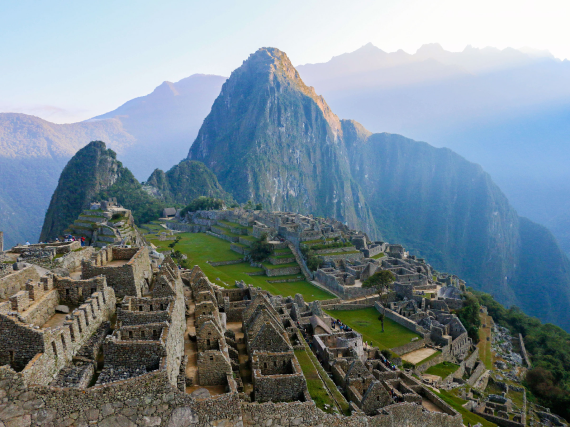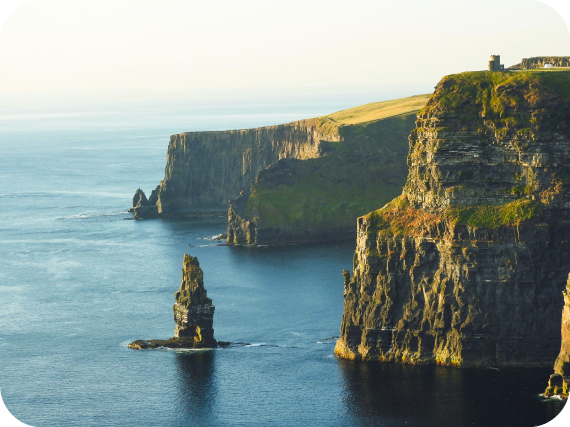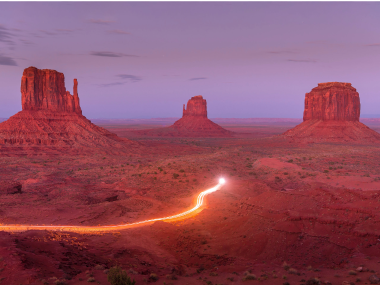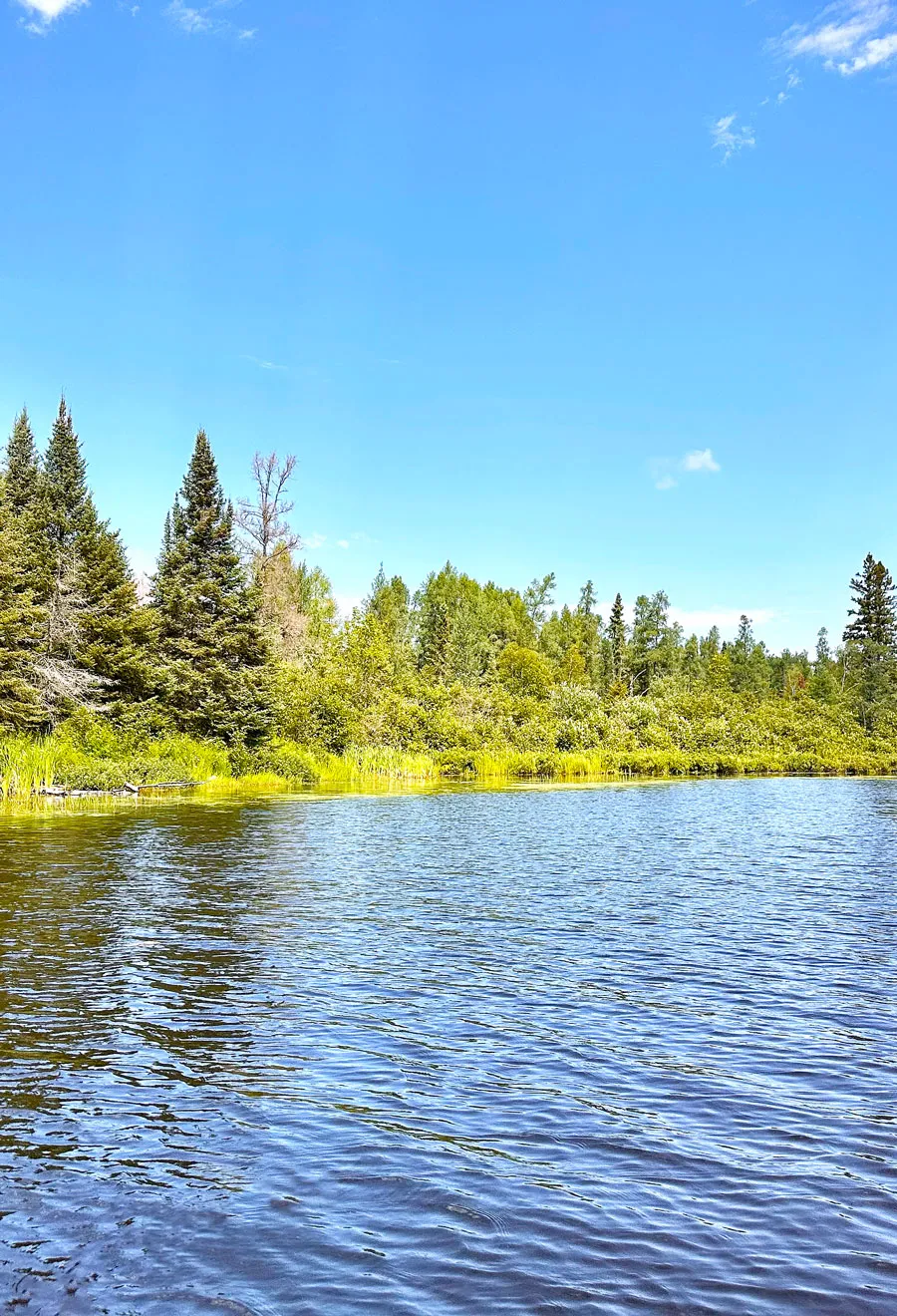There’s a good chance that you’ve heard Minnesota’s state nickname, “The Land of 10,000 Lakes,” or even seen the motto displayed on the state’s license plates. But curious minds want to know — is Minnesota’s claim to fame based in fact? Or, like many slogans that have caught on over the years, is it based on fuzzy math? Let’s delve in and see how many lakes Minnesota really has.
What Counts as a Lake?
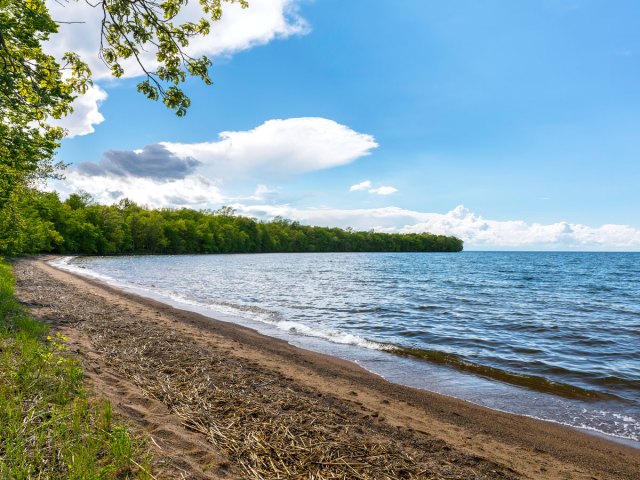
The biggest challenge of counting lakes is that no official lake definition exists. Size, depth, and volume of water are all possible criteria, but no one can agree on what the difference is between a pond, reservoir, basin, flowage (dammed water), or lake.
The various local, state, and federal agencies that pay attention to such matters use different criteria to define a lake, so we are comparing apples to oranges when we try to count lakes across agency boundaries. Agencies also collect their data at different times of the year, so even the same state might come up with conflicting numbers if it counts lakes during the wet season and again during the dry season. The U.S. Geological Survey (USGS), for what it’s worth, calls anything larger than a one-quarter acre a “lake/pond feature.”
Paul S. Welch, a University of Michigan professor who studies lakes, defines a lake as “a body of standing water completely isolated from the sea and having an area of open, relatively deep water sufficiently large to produce somewhere on its periphery a barren, wave-swept shore.” Ponds, on the other hand, are defined as “very small, very shallow bodies of standing water in which quiet water and extensive occupancy by higher aquatic plants are common.”
Does Minnesota Actually Have 10,000 Lakes?
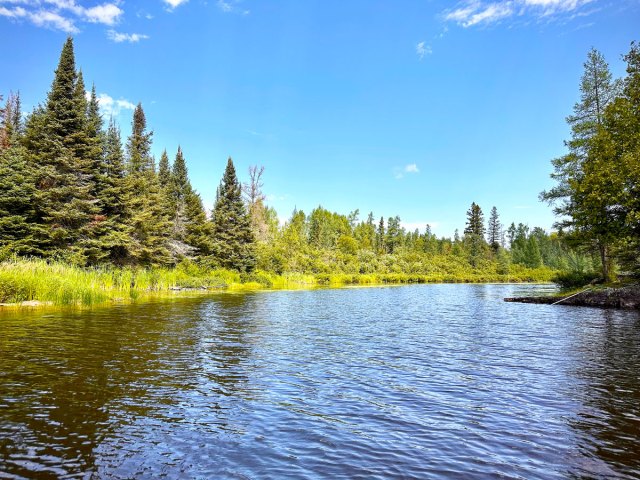
The short answer is “no.” The Minnesota Department of Natural Resources defines a body of water as a lake if it has a surface area of 10 acres or more. According to those definitions, Minnesota has 11,482 lakes, in addition to 124,622 lake/pond features. Of Minnesota’s lakes, 8,784 are named lakes (per the USGS).
So, where does the nickname come from? A professor who gave a speech touting Minnesota’s economic strengths during the 1874 Minnesota State Fair was the first to use the phrase: “Certainly, therefore, we may justly claim that we are the hub of North America. Then we have thirty-eight rivers in the State, six of which are navigable within the State… Then come over 10,000 lakes, abounding in delicious fish. (sic) and the paradise of myriads of waterfowl.” The speech was published in The Worthington Advance a few days later.
Tourism-related public relations publications picked up the phrase, especially during the early 1900s, to attract tourists and immigrants. The Ten Thousand Lakes of Minnesota Association (founded in 1917) pooled financial resources from 50 statewide communities and purchased ads in state and national media promoting the state’s attributes. The motto stuck, and the rest is history.
What To Do When Visiting Minnesota Lakes
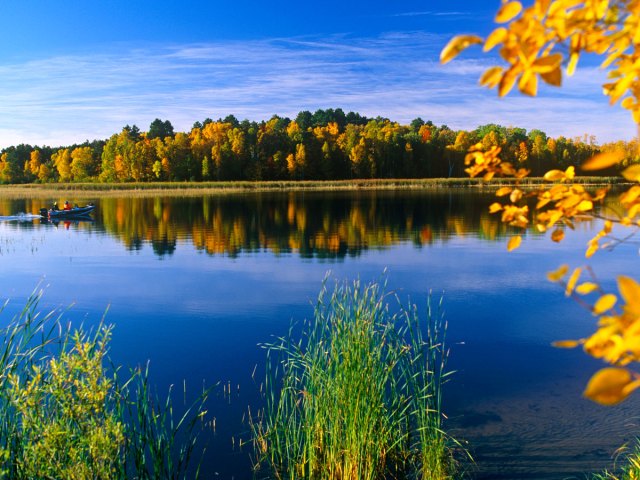
Even most, if not all, Minnesotans can’t say they’ve visited each of the state’s 11,482 lakes, but some stand out as top attractions due to their accessibility, size, beauty, and activities. Choosing which one(s) to visit depends on what you want to do.
Almost all offer good to excellent fishing. Countless lakes offer boating, sailing, jet-skiing, water skiing, and camping opportunities. Calmer bodies of water or nook-and-cranny shorelines attract kayakers and canoers. More serene, secluded ones are best for wildlife viewing. Ice fishing is a popular winter activity, and many lakes offer fantastic on-the-lake amenities such as heated cabins and campers, some even equipped for overnight stays.
Island hopping takes on a whole new meaning here since many lakes contain dozens or even hundreds of islands and islets waiting to be explored via kayak or canoe. The moral of the story is: You can’t go wrong when choosing a lake to visit in Minnesota.
Fascinating Facts About Minnesota’s Lakes
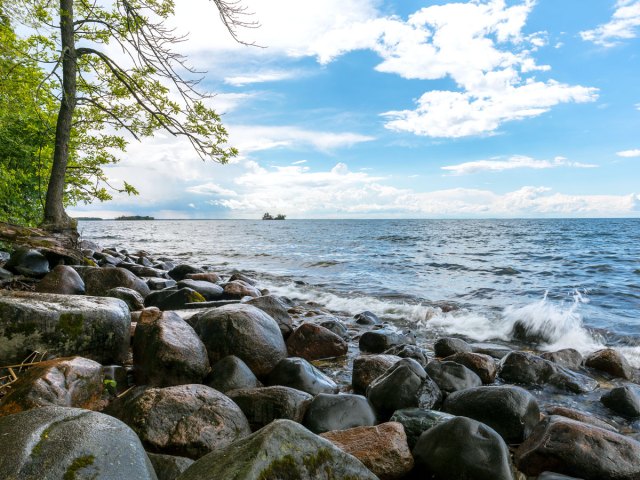
With so many lakes to choose from, here are a few facts that stand out:
• Minnesota’s three largest lakes that are entirely inside state boundaries are Red Lake (288,800 acres), Mille Lacs Lake (132,516 acres), and Leech Lake (111,527 acres).
• Among the most common lake names in Minnesota are Mud, Long, Rice, Bass, Round, Horseshoe, Twin, Island, Johnson, and Spring. Minnesota contains 201 Mud Lakes alone.
• Minnesota has 13.136 million acres of surface water (including wetlands).
• Of Minnesota’s 87 counties, only four lack a natural lake (Mower, Olmsted, Pipestone, and Rock).
• Minnesota’s Lake Superior shoreline stretches 189 miles and encompasses 962,700 acres of its 20.365 million total acres.
• Minnesotan Ralph Samuelson invented water skiing on Lake Pepin in 1922 using homemade skis he fashioned from 8-foot wooden planks.
• Lake Saganaga is the state’s deepest natural lake, with a maximum depth of 280 feet.
• Minnesota boasts 44,926 miles of shoreline, bypassing California’s 35,477 miles and Florida’s 30,672 miles (including ocean shoreline).
More from our network
Daily Passport is part of Inbox Studio, which publishes content that uplifts, informs, and inspires.

